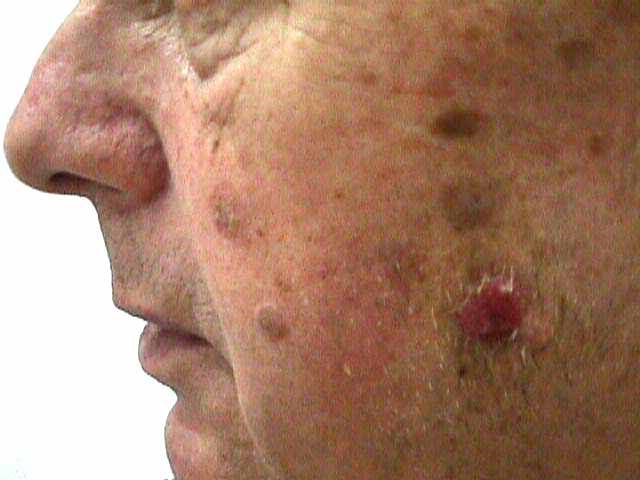The removal of cutaneous and subcutaneous tumors of all kinds involves the removal of tumorous forms of the skin and subcutaneous tissue through various procedures, from simple biopsy to complex surgical excisions. Skin and subcutaneous tumors may be benign or malignant. In the vast majority of cases, the purpose of removing skin lesions is cosmetic but sometimes it is necessary to remove and examine the anatomopathological lesion to exclude a cancer, and if it turns out to be a cancer to establish a diagnosis, a staging and an appropriate treatment course. Most procedures are done outpatient (without hospitalization) with local anesthesia, are less invasive, and are generally well tolerated by both young and elderly patients.
To remove skin tumors different techniques are used, the chosen technique depending on factors such as: severity of the lesion, location, patient tolerance.
Biopsy is the surgical procedure by which a fragment of the lesion is removed and is sent for microscopic examination to the pathological anatomy laboratory. Depending on the outcome of this examination, it is judged whether the lesion is cancerous or not, and whether further surgical interventions or treatments are required.
Surgical excision completely removes the lesion together with a higher or lower healthy tissue edge depending on the lesion type, called oncological safety margin.
If the tumor is larger or located in regions where secondary healing is not indicated (on the nose or eyelids), the suture of the wound is either directly through plastic surgery techniques or by the use of nearby flaps or skin grafts.








